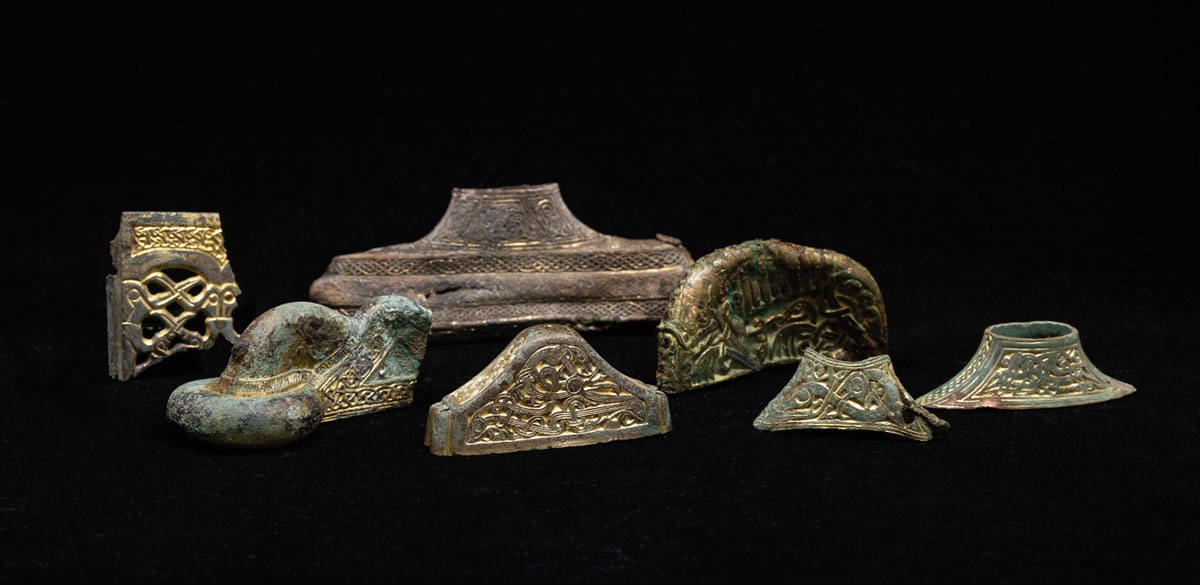
The salme ships and vikings in the Baltic
Approximately 1,300 years ago, a bloody battle took place in Saaremaa in Estonia near the present-day village of Salme, in which fallen Scandinavian warriors were buried on the seashore in two ships. Although more than half a thousand ship burials are known in Northern Europe, only a very few burial sites of Viking war bands have been found in the world.
Order
Information
Lecture
Tønsberg og Færder Bibliotek - Blackbox
Description
Priit Kivi
Approximately 1,300 years ago, a bloody battle took place in Saaremaa in Estonia near the present-day village of Salme, in which fallen Scandinavian warriors were buried on the seashore in two ships. Although more than half a thousand ship burials are known in Northern Europe, only a very few burial sites of Viking war bands have been found in the world. Among them Salme is the oldest known so far, and the only one where deceased fighters are placed together on a ship. In 2008 and 2010-2012 Salme ships were excavated. All these 2172 finds of Salme ship burials (plus human and animal bones) belong to the collection of Saaremaa Museum. Thanks to the Salme finds, we could find answers to these questions: What kind of men belonged to the crew? What ships they used on sea expeditions? What equipment they took with them? Unfortunately there are still several unanswered questions, but at the moment we could say that the ship burials of Salme are direct proof that the Scandinavian sea warriors made armed expeditions to the eastern coast of the Baltic Sea even before the end of the 8th century. That is why those buried in the Salme ships are also called the first Vikings, or Vikings before the Vikings.
Priit Kivi (b. 1980) graduated from University of Tartu in Estonia as a historian. At the moment he is working at Saaremaa Museum as a manager of museum collections. He has published a history book on governance of the town Kuressaare, but he has also written many articles about local history and the museum collections. He is also a member of the exhibition team "Vikings before Vikings" - a travelling exhibition about Salme vikings. Priit has popularized Salme vikings finds also in Estonian media (TV shows, radio, newspapers etc).





